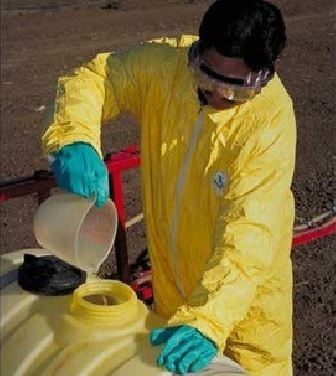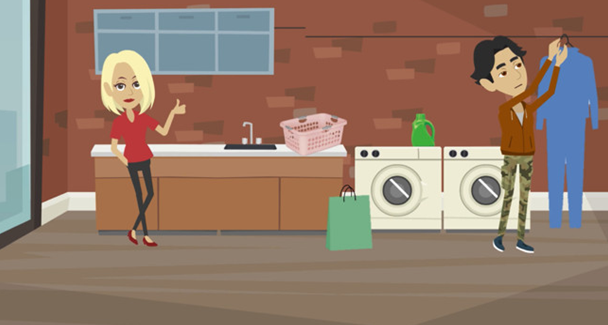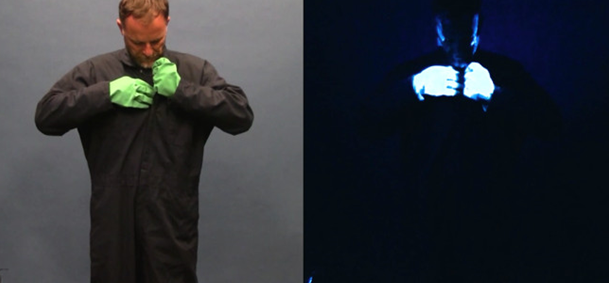Posts Tagged: Pesticide
Frank Zalom: Lifetime IPM Achievement Award
His name is synonymous with integrated pest management (IPM) and his achievements during his...
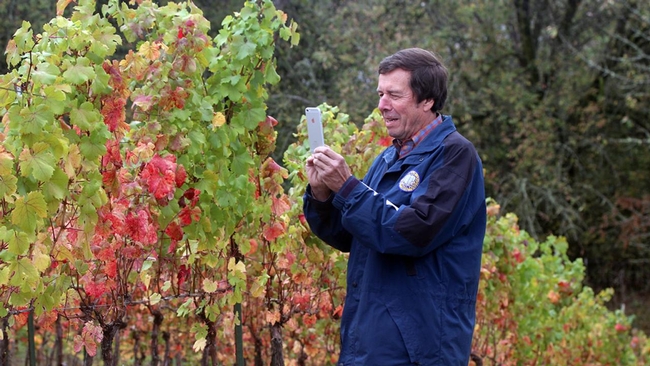
UC Davis distinguished professor emeritus Frank Zalom takes an image of a Willamette vineyard showing grapevine red blotch virus in the fall.
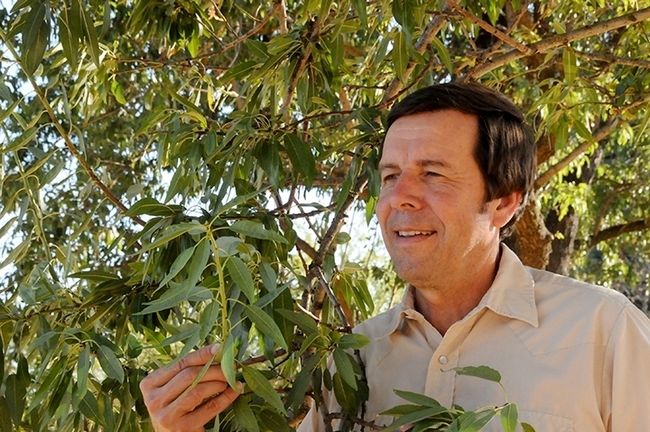
UC Davis distinguished professor emeritus Frank Zalom is highly honored for his work on almonds. (Photo by Kathy Keatley Garvey)
Pesticide Research: Paper of the Month
Trace detection of such organophosphates as triazophos, parathion, and chlorpyrifos is...
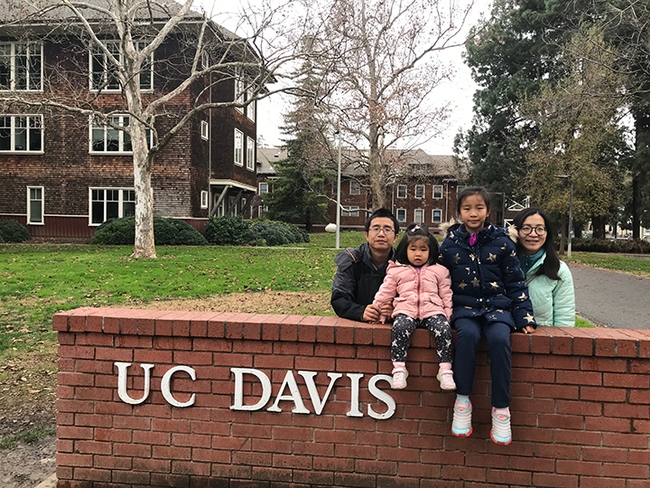
Maojun Jin served as a visiting scholar in the Bruce Hammock lab from September 2019 to September 2020. Here he is with his family at UC Davis.
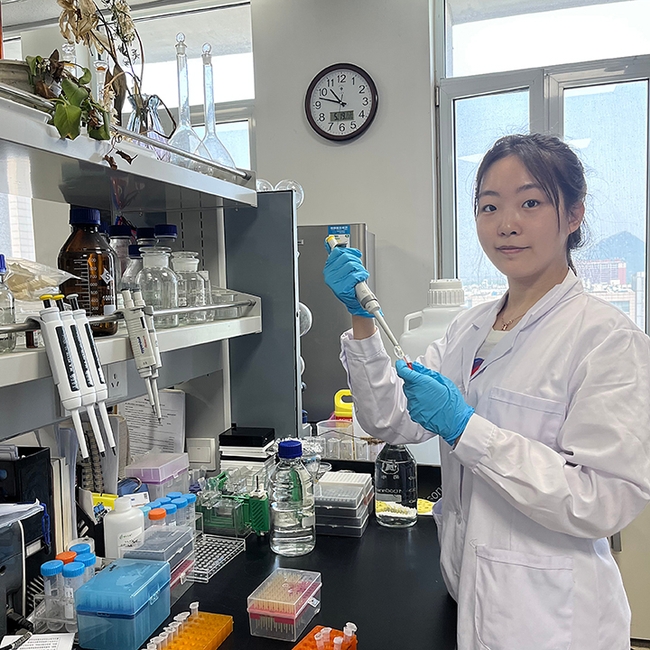
Doctoral student Yuanshang Wang of the Majojun Jin lab is the first author of the paper.
Congrats to Tom Sparks, Recipient of ESA's Nan-Yao Su Award
Congrats to biological chemist and green pesticide developer Thomas “Tom” Sparks,...
Dress right for work – check out the new UC IPM online course on personal protective equipment that has 1.5 hours of laws and regulation CEU.
Spring is in full swing and summer is right around the corner. If you work in agricultural, turf, landscape, or structural settings, you are probably at your busiest. If you handle pesticides as part of your work, you most likely wear some sort of personal protective equipment (PPE). However, do you know if you are wearing the right type for the job that you do? Wearing the appropriate PPE, taking it off the right way, and correctly cleaning it prevents unnecessary pesticide exposure to yourself and others. Learn the steps so you don't expose your family members or those around you to pesticide residues by viewing a brand new online course on Proper Selection, Use, and Removal of Personal Protective Equipment from the UC Statewide IPM Program (UC IPM).
The course is approved by the California Department of Pesticide Regulation (DPR) for 1.5 hours in the Laws and Regulations category. This course is designed for all pesticide handlers with the goal to provide them with information on pesticide labels and the California Code of Regulations (CCR) to help them select, wear, remove, and dispose of or store PPE.
In California, all pesticide handlers (applicators, mixers, loaders, those who transport pesticides, or those who fix application equipment) are legally required to wear PPE. However, in order to get the most protection from PPE, it must be used correctly. Violations involving the incorrect use of PPE were the second most commonly reported type of agricultural-use violation in 2017 as reported by DPR (PDF).
The new PPE online course opens with a scenario describing a real example of an accident reported to DPR that led to an incident of pesticide exposure because the correct eye protection was not worn. The content that follows is divided into six instructional modules, highlighting types of PPE, how to select it, and when certain items should be worn. Answer short questions about the different types of PPE. Open pesticide labels to learn how to select the right PPE and learn when certain items should be worn. Short how-to videos and animated sequences demonstrate the proper way to put on or remove items such as gloves, coveralls, respirators, and eyewear. You must pass a final test with 70% or higher to receive your certificate of completion and continuing education hours.
If this is the year to renew your license with DPR, get a jumpstart on it. Take this new course and all the other UC IPM online courses to refresh your knowledge and get the CEUs you need. There is a $30 fee for taking Proper Selection, Use, and Removal of Personal Protective Equipment. You are welcome to view the content for free on YouTube, but without the activities, final exam, and continuing education credit. For more information about license renewal, visit DPR.
National Poison Prevention Week was March 19-25, 2017.
According to the Centers for Disease Control and Prevention (CDC), poisoning is the number one cause of injury-related death in the United States, and 1073 people in California were poisoned by pesticides in 2014 alone. Each year since 1962, National Poison Prevention Week has taken place during the third week of March, to raise awareness about avoiding these tragedies. No one wants their workers or family members to experience illness or death from pesticide exposure, so the UC IPM Pesticide Safety Education Program (PSEP) would like to bring special attention to preventing pesticide poisoning this week. The program also published a new edition of The Safe and Effective Use of Pesticidesin 2016, which contains a wealth of pesticide safety and hazard prevention information for people who work with pesticides.
Both agricultural and household pesticides can poison people if they are not properly handled. In agriculture, poisoning most often results from pesticide mixing and loading, and the most harm occurs due to spills, splashes and equipment failure. In the home, many pesticide poisoning incidents involve children swallowing pesticides, including garden products, disinfectant cleaners, or other chemicals used to control pests.
One of the most important things you can do to prevent pesticide poisoning is to follow the instructions on the pesticide label. Labels address critical information about how to use a pesticide safely, including the kind of personal protective equipment (PPE) you should wear to prevent overexposure, how much of the product to apply, the minimum time you must wait to enter the area after applying the pesticide (the restricted entry interval), and the minimum time that must pass between application and harvest (preharvest interval).
Labels also include important signal words such as “Danger,” “Warning,” or “Caution” that indicate how acutely toxic the chemical is to humans, as well as directions to avoid pesticide contamination of sensitive areas such as schools and hospitals. These instructions are meant to protect anyone who is at risk of being exposed to hazardous pesticide residues. It is essential to thoroughly read and understand the pesticide label before working with the pesticide, and to carefully comply with label instructions throughout the process. The UC IPM guide to Understanding Pesticide Labels for Making Proper Applications can help you do this, and is available in both English and Spanish.
If you apply pesticides in or around your home, be sure to store them properly and keep them out of the reach of children. Keep in mind that even mothballs may look like candy to very young children. It is illegal and unsafe to store pesticides in food or drink containers, which can easily fool people into consuming them and being poisoned. According to the California Department of Pesticide Regulation, these mistakes caused 62 incidents of child poisoning from pesticide ingestion in California in 2014, and 47 of those cases involved children under six years of age.
To learn more about poisoning and how to prevent it, consider visiting the following resources:
Center for Disease Control and Prevention Leading Causes of Death Reports
National Poison Prevention Week website
National Pesticide Information Center
UC IPM online course: Proper Pesticide Use to Avoid Illegal Residues
